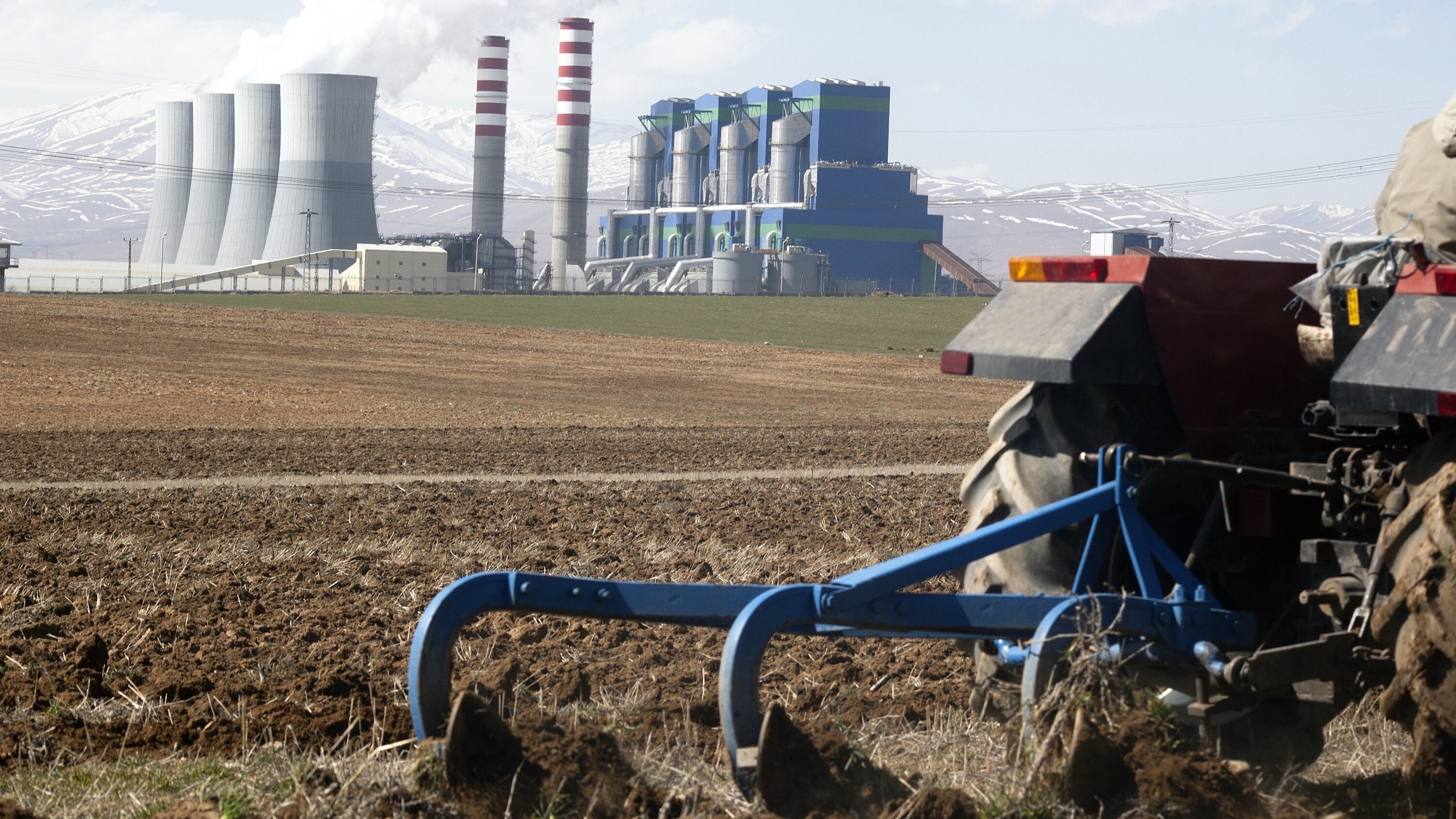Agtech has been stepping in of late to address the problems caused by the widespread use of synthetic fertilisers, particularly in relation to the nitrogen cycle. The current state of the global nitrogen cycle is a cause for concern, especially in light of an increasing global population and worsening climate change. Global inequality in resource usage is another issue, with the top 10% responsible for ecological damage comparable to the bottom 80%.
Additionally, the use of synthetic fertilisers — made possible by the Haber-Bosch process — has been crucial for global food production but has led to imbalances in the nitrogen cycle. This has resulted in issues such as increased nitrate production, greenhouse gas (GHG) emissions, eutrophication of water bodies and rising global temperatures. Without changes to global food systems, negative environmental impacts are expected to rise significantly by 2050.
According to the Food and Agriculture Organization (FAO) of the United Nations (UN), agriculture releases around 9.3 gigatonnes of carbon dioxide (CO2) equivalents per year, with methane and nitrous oxide contributing significantly to this figure. To tackle nitrogen pollution and slow down the nitrogen cycle’s negative effects, there has been a push for a collective effort to replace chemical fertilisers with biological alternatives.
In this vein, agtech solutions are being developed to introduce biological fertilisers and inhibitors that can reduce the conversion of fertiliser nitrogen into harmful gases. The goal is to cut down agricultural-related GHG emissions by at least 30% (around 1.59 gigatonnes) after a decade of using these alternatives. This shift can also protect water sources from nitrate pollution and prevent further deterioration of soils.
Essential consideration and solutions
Three crucial thresholds — nitrogen deposition rate, nitrogen concentration in surface waters and nitrogen concentration in groundwaters — must be assessed in order to address nitrogen-related issues. However, regional variations complicate mitigation strategies, with some areas facing nitrogen excess and others, nitrogen deficiency.
Understanding the microbiology of the nitrogen cycle is essential. Researchers are exploring biological fertilisers and nitrification inhibitors, such as those produced by plants, to enhance nitrogen use efficiency and reduce emissions. Bio-fertilisers, using natural micro-organisms to boost crop growth, are becoming popular in agtech ventures.
Revolutionary potential
The microbial agtech revolution has the potential to reshape the world’s approach to agriculture, particularly in terms of nitrogen cycling. However, for this potential to fully materialise, the key issues of investment and scaling up must be addressed.
Firstly, investing in these ventures is crucial as it provides the necessary financial support for research, development and implementation. Microbial agtech relies on cutting-edge technology and scientific advancements, and these endeavours demand significant funding. Without adequate investment, these ventures might struggle to conduct the research needed to fine-tune their technologies and adapt them to specific regional and geographic conditions.
Secondly, scaling up is essential to meeting the diverse needs of different regions. Agriculture is a highly localised practice, with varying soil types, climates and crops. To make microbial agtech effective on a broader scale, it needs to be tailored to the specific challenges and requirements of each region.
This involves not only customising the technology but also establishing infrastructure and support systems. Scaling up allows for the widespread adoption of these technologies, making them accessible and applicable across different agricultural landscapes.
Moreover, scaling up helps in achieving economies of scale, making such technologies more cost-effective. This is crucial for the widespread adoption of microbial agtech, especially in regions where traditional farming practices are deeply entrenched. Farmers are more likely to embrace these innovations if they are not only effective but also economically viable.
Strategies and solutions
According to an article written by Lisa Y. Stein, PhD, Professor of Climate Change Microbiology at the University of Alberta’s Faculty of Science, one key strategy involves the use of biological nitrification inhibitors, derived from plants, to reduce the microbial conversion of nitrogen into harmful gases. These inhibitors aim to improve nitrogen use efficiency by crops while mitigating the release of nitrous oxide, a major contributor to GHG emissions.
Practical solutions include shifting towards plant-based diets, reducing food waste and embracing agtech solutions. Companies are working on seaweed-based feed ingredients to control methane emissions from animals. Microbial solutions to replace synthetic fertilisers and soil-free aquaponics systems are also gaining traction.
Efforts are also being directed towards soil-free cropping systems, particularly aquaponics, which integrates fish with crop production. These systems can operate with low energy and water usage, producing crops and fish protein efficiently. However, there is a need for further development and research to optimise these technologies and consider regional and socioeconomic aspects.
Agtech solutions focusing on the nitrogen cycle have the potential to address environmental challenges associated with synthetic fertilisers. Research and investment are crucial for the widespread development and deployment of these technologies, ensuring they align with planetary sustainability goals.
More specifically, the success of the microbial agtech revolution hinges on robust investment and strategic scaling up. Addressing these aspects can unlock the full potential of such technologies and trigger a shift towards a more sustainable and efficient nitrogen cycle in agriculture.
Source: Cold Spring Harbor Perspectives in Biology
“Agritech to Tame the Nitrogen Cycle”
https://doi.org/10.1101/cshperspect.a041668
Authors: Lisa Y. Stein, et al.




